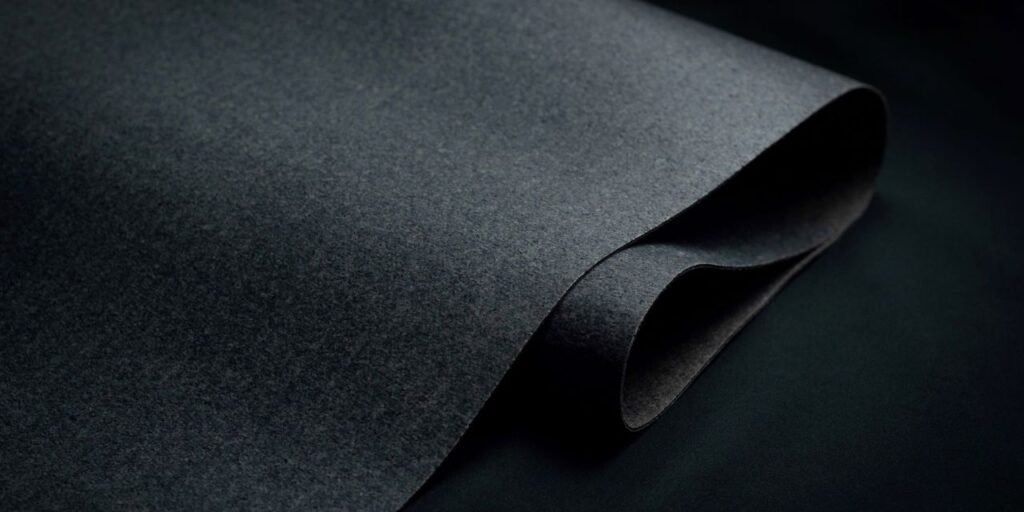
in New York, Tokyo, and Düsseldorf For improved EV battery safety, Asahi Kasei, a Japanese technology company, is launching a new material solution. LASTANTM is an exceptional nonwoven fabric that is flame-retardant and extremely flexible. substitute for traditional materials in the prevention of thermal runaway. It is applicable to top covers, busbar protective sleeves, and more EV battery pack uses.
While the global adoption of electric vehicles is increasing, battery safety remains a significant problem. for a large number of drivers. The most recent “Asahi Kasei Automotive Consumer Survey” indicates that 34% of non- Improved safety is the top priority for Chinese EV owners when making a purchase. In light of this, international OEMs are working to improve EV battery safety and the market need for materials to stop thermal runaway is predicted to increase by 15% a year starting in 2024. with even further expansion of demand in the future (IDTechEX: “Fire Protection Materials for Electric Vehicle Batteries 2024–2034”).
In this regard, there is a growing need for materials with outstanding electrical insulating qualities and exceptional resistance to fires and particle blasts for use in EV battery covers. While now thermal runaway prevention is mostly provided by mineral-based materials, These materials are frequently fragile and hefty. These fabrics are rigid, making it hard to adjust to intricate forms, posing a challenge to car OEMs’ processability.
The non-mineral flame-resistant fabric LASTANTM is created by air baking a unique acrylic fiber between 200 and 300 degrees Celsius. Its strong electrical insulation and great flame resistance are enhanced by a unique coating technique that further increases abrasion resistance. This makes the content to offer strong defense against gas leaking particle bombardment. With these remarkable features, LASTANTM has been the best material for failure avoidance for many years. and security across a range of sectors.
enduring flames at 1,300°C and the impact of 200–500 μm particles
On the other side of LASTANTM, the temperature stays below 400°C even when a flame with a temperature of 1,300°C is applied. While it’s commonly accepted that a “limiting oxygen index” (LOI) value of 27 or higher This material exhibits flame retardance with a LOI value of 50 or above. The flame retardance of UL94 LASTANTM received a 5VA rating, which is the highest possible. LASTANTM does not develop any holes even when it is exposed to a flame of 1,300°C for one minute.
Apart from its exceptional flame resistance, LASTANTM can withstand high pressure impacts from particles measuring 200–500 μm. Additionally, it has a 1 mm thickness and an electrical insulating capability of up to 3.5 kV. Additionally, LASTANTM offers exceptional processability and flexibility while retaining its performance attributes in 0.8 mm-thick sheets. Because of this, processing it with regular instruments, which help to streamline the production process.
Currently integrating LASTANTM manufacturing in Japan, Asahi Kasei is thinking about expanding production to the US and other nations in the future. The business will showcase the new LASTANTM grade from October 7–10, 2024, in Detroit, Michigan, at the North American Battery Show.
